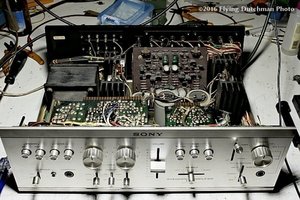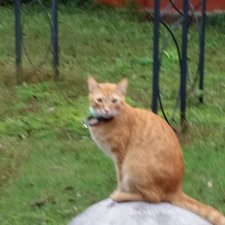Maintenance of an old but very good Amplifier
Hi, is there anybody that can teach me how to maintain and old amplifier. Understand when a capacitor is good or not, where and what to clean... this kind of stuff. Thanks a lot in advance
Это хороший вопрос?

 2
2  2
2 
 15
15 

2 Комментариев
@taquim what make and model is your amp?
из oldturkey03
this one http://www.thevintageknob.org/kenwood-L-...
из Giovanni Avila